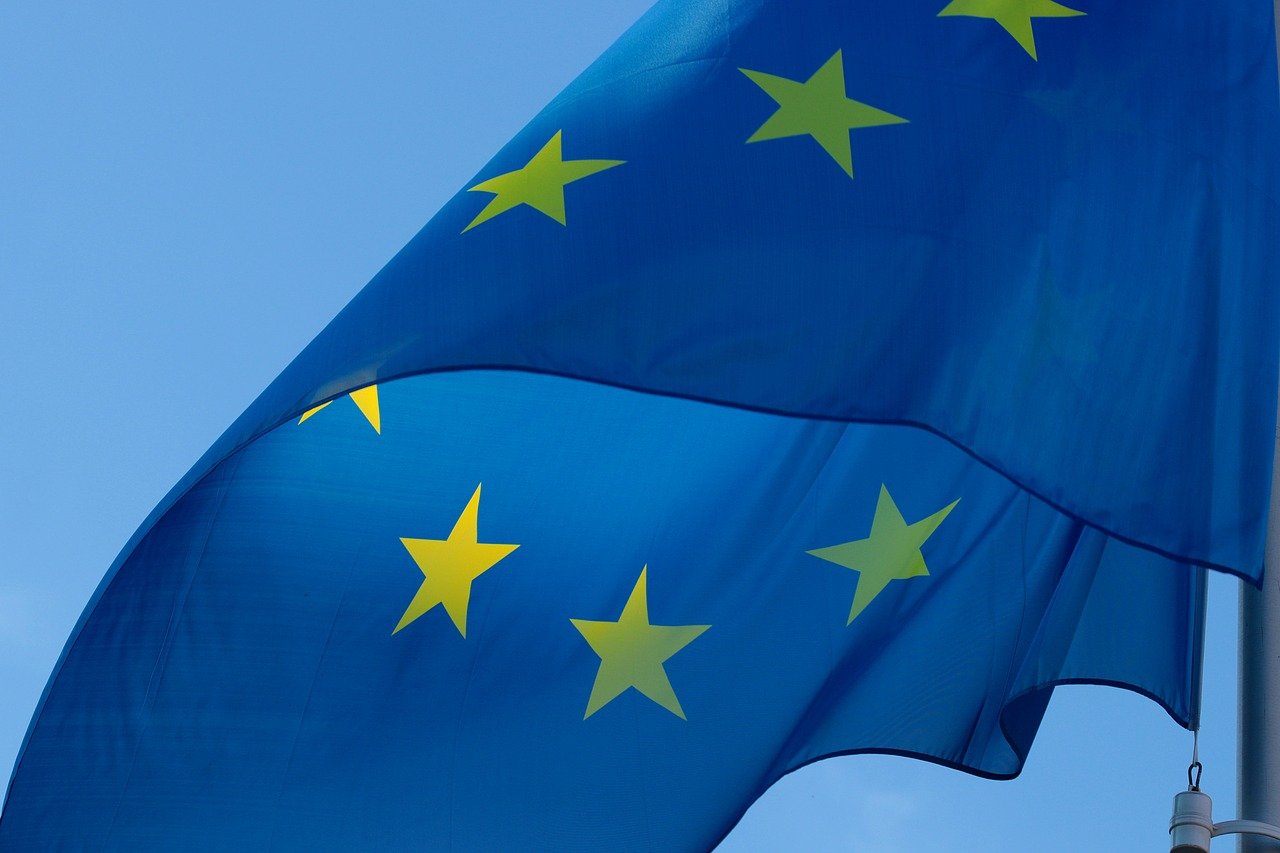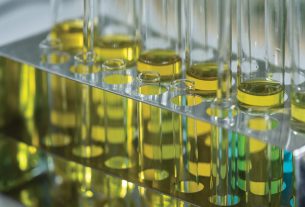Europe – With a third round of awards made through the Innovation Fund, the EU is investing over €1.8 billion in 17 significant innovative clean-tech projects.
The Innovation Fund will be used to distribute grants to companies working in energy-intensive industries, hydrogen production, renewable energy, carbon capture and storage infrastructure, and the production of vital parts for energy storage and renewable energy sources. Projects in Bulgaria, Finland, France, Germany, Iceland, the Netherlands, Norway, Poland, and Sweden are among those that have been chosen.
The 17 projects, whose capital costs exceed €7.5 million, were chosen as part of the second call for large-scale projects. Independent experts assessed the projects’ capacity to lower greenhouse gas emissions in comparison to more established technologies and innovate beyond the state-of-the-art while remaining mature enough for deployment. The projects’ potential for scalability and cost effectiveness were additional selection criteria.
The chosen projects span a variety of industries that support the EU’s decarbonization efforts, including waste-to-hydrogen, offshore wind, the production of photovoltaic (PV) modules, battery storage and recycling, carbon capture and storage, sustainable aviation fuels, and advanced biofuels. Over the course of their first ten years of operation, they could collectively save 136 million tonnes of CO2eq.
The European Investment Bank will also pre-select up to 20 projects for project development assistance that are promising but not yet developed enough for a grant. These are going to be revealed in the final quarter of 2022.
Project summaries
Cement (4 projects): One project will install a second-generation oxyfuel carbon capture process at a cement plant in Germany, providing the raw material for later processing into synthetic methanol. Another one in Poland will build a chain of carbon capture and storage facilities that extends from the cement plant, where CO2 is captured and liquefied, to offshore storage facilities. In a third project, CO2 emissions from exhaust gases produced during the production of lime will be captured and permanently stored in offshore geological formations in France. The last project will be the first full-chain carbon capture and storage project in Bulgaria, which will use an onshore and offshore pipeline system to connect CO2 capture facilities at a cement plant with permanent offshore storage in a depleted gas field in the Black Sea.
Chemicals (3 projects): A project in Finland involves chemically recycling plastics so that they can be used as a feedstock for refineries. Another project in Sweden aims to build a unique methanol plant that can produce methanol from CO2, waste streams, renewable hydrogen, and biogas. A new fiber made from pulp will be created in Sweden as part of another project to replace polyester in textile applications.
Hydrogen (3 projects): one in the Netherlands will use an electrolyser powered by offshore wind energy to produce, distribute, and use green hydrogen. 15,500 tonnes of renewable hydrogen per year will be produced by another one. The third will process solid waste streams that are not recyclable and convert them primarily into hydrogen.
Refineries: There are two projects in Norway that will construct and run the first drop-in commercial biofuel production facility in the world, which will use forestry waste to produce second-generation biofuels and biochar. The CO2 captured at a combined heat and power (CHP) plant will be used in a project in Sweden to construct a sizable facility for the production of synthetic sustainable aviation fuel.
Manufacturing of parts for the production of renewable energy sources or energy storage (3 projects): A project in Poland aims to establish a factory for the production of cutting-edge electrochemical battery systems for the provision of short-term electricity storage. Another project in the north of France aims to construct a photovoltaic manufacturing facility based on cutting-edge heterojunction technology. A Li-Ion recycling facility for making and refining black mass will be built as part of a third project in France, giving access to a secondary source of battery raw materials, at the Dunkirk battery cluster.
Renewable energy: A project to build and run an offshore wind farm in the German portion of the North Sea will use cutting-edge turbine and hydrogen technology.
Infrastructure for carbon capture and storage: A project in Iceland aims to construct an onshore carbon mineral storage terminal that is highly scalable and has a total storage capacity of 880 million tonnes of CO2.




